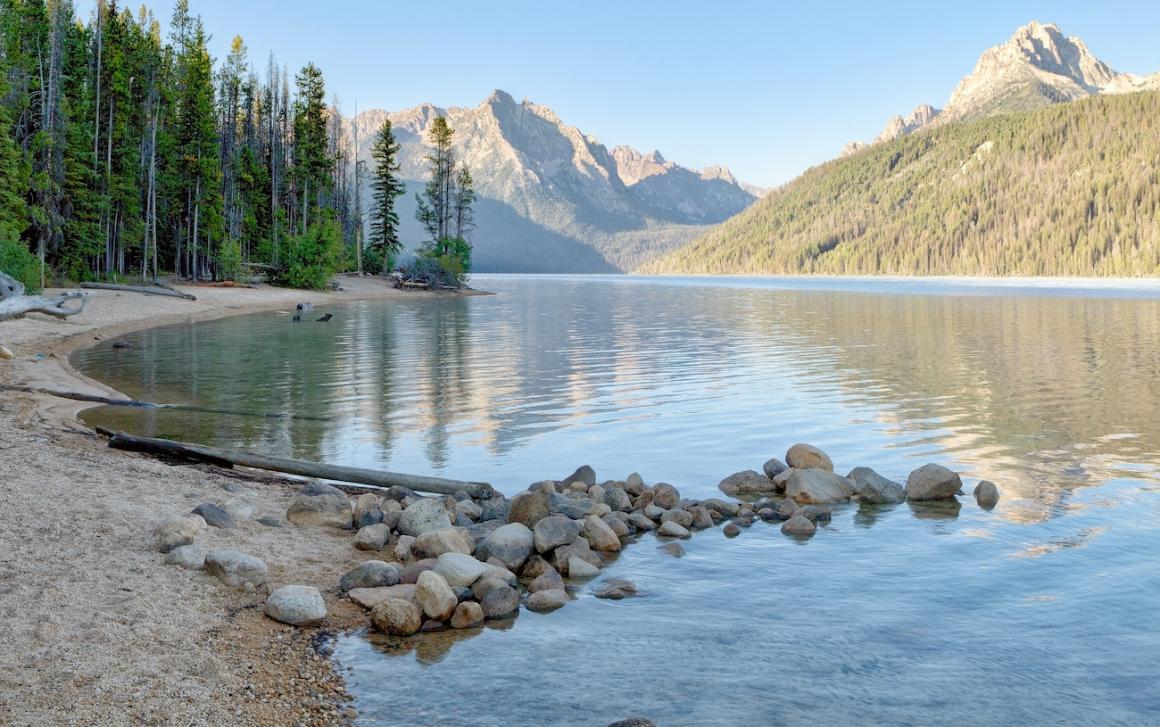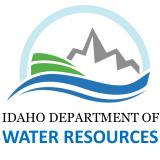2023 Idaho Fall Water Supply Meeting

The Idaho Fall Water Supply Outlook is an annual meeting held each year to recap the water supply from the previous water year and provide climate and water supply outlook information for the coming water year. This year, the meeting will be held in person at the Idaho Water Center.
When: November 14, 2023, 8:30 a.m. to 4:30 p.m. Mountain Time
Where: Idaho Water Center
322 E. Front Street, Room 602B/C/D
Boise, Idaho
The recap of the water supply from the last year provides insight on how climate impacted the build of up and melt out of the year’s snowpack, timing of irrigation demand, and how much storage water remained by the end of the water-year. The climate outlook information for the coming year reviews oceanic conditions and how anomalies in the Pacific could impact the coming year’s snowpack/water supply. In the Outlook portion of the meeting, the NRCS also provides an estimate of the runoff needed to meet water supply demand for the coming year. This “needed runoff” estimate sets the stage for drought risk in the coming year. These meetings are critical for identifying vulnerabilities and opportunities for increasing drought and climate resilience in the agricultural, power, and recreational sectors of Idaho’s economy that are dependent on the state’s water resources.
A 2023 Water Year Impacts Survey is now available. The goal of this survey is to gather information about impacts that occurred and response actions that were implemented during the 2023 water year (October 1, 2022–September 30, 2023) due to abnormally dry or abnormally wet conditions. This information will inform the Oregon/Washington Water Year meeting and PNW Water Year Impacts Assessment.
This event was sponsored and supported by the Idaho Department of Water Resources, Idaho Power Company, NOAA's National Integrated Drought Information System (NIDIS), National Weather Service, Army Corps of Engineers, U.S. Bureau of Reclamation, and the Natural Resources Conservation Service’s Snow Survey program.







